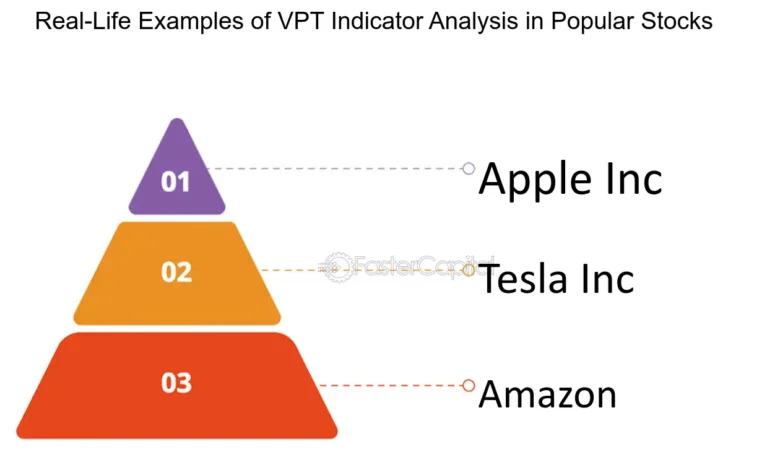Estate Planning Made Simple: Choosing Between a PPT and a VPT

Do you want to protect your family home, manage inheritance, or support a vulnerable loved one without affecting their benefits? Trusts can help. Specifically, a Property protection trust (PPT) and a Vulnerable Person Trust (VPT) each serve different but powerful purposes. Let’s explore the differences, benefits, and when to use each.
Understanding Trusts: A Quick Refresher
What is a Trust?
A trust is a legal structure where one party (trustee) holds assets for the benefit of another (beneficiary). It helps control how assets are used or passed on after your death.
Main Roles in a Trust
- Settlor: The person creating the trust
- Trustee: The person(s) managing the trust
- Beneficiary: The person benefiting from the trust
What is a Property Protection Trust (PPT)?
How a PPT Works
A PPT is usually set up in a will. It protects a share of the family home, often after one spouse dies, to prevent the surviving spouse’s half from being affected by care fees or remarriage.
Who Typically Uses a PPT?
- Married or cohabiting couples
- Parents wanting to safeguard children’s inheritance
- Those planning for long-term care
Key Benefits of a Property Protection Trust
Preserving the Family Home
Only the surviving spouse’s share of the home is assessed for care fees. The deceased partner’s share is protected in trust.
Avoiding Disputes
Helps avoid family conflict, especially in blended families. Trust ensures inheritance goes where intended.
Care Fee Mitigation
While not guaranteed, PPTs offer a layer of protection against having to sell the home to fund care costs.
What is a Vulnerable Person Trust (VPT)?
Defining ‘Vulnerable Person’
A vulnerable person is someone with a physical or mental disability, often receiving government benefits. HMRC provides a specific definition for eligibility. vulnerable person trust
Structure of a VPT
Includes:
- A settlor
- Trustees
- A main beneficiary who qualifies as vulnerable under HMRC rules
Key Benefits of a Vulnerable Person Trust
Tax Advantages
VPTs enjoy:
- Full inheritance tax exemptions
- Capital gains tax reliefs
- Special income tax treatment
Protecting Entitlements
Keeps a vulnerable individual eligible for means-tested benefits, since they don’t directly own the assets.
Long-Term Financial Security
Provides financial stability and peace of mind to the family of a dependent with lifelong needs.
PPT vs VPT: What’s the Difference?
Purpose and Beneficiaries
- PPT: Protects a property for a spouse and future beneficiaries
- VPT: Protects assets for a vulnerable person
Legal and Tax Treatment
VPTs have favorable tax conditions. PPTs are subject to standard trust taxation unless structured otherwise.
Flexibility and Control
PPTs are more about property preservation. VPTs allow trustees to manage day-to-day needs of a vulnerable person.
When to Use a Property Protection Trust
Ideal Scenarios
- You’re concerned about future care fees
- You have children from previous relationships
- You want to prevent the house from going to someone unexpected if your spouse remarries
Common Misconceptions
Some people assume PPTs always bypass care fees—this isn’t guaranteed and depends on how it’s set up and used.
When to Use a Vulnerable Person Trust
Eligibility Criteria
The main beneficiary must be:
- Disabled under the Mental Capacity Act
- Receiving qualifying disability benefits
Best Use Cases
- Parents of a child with learning disabilities
- Siblings of a vulnerable adult needing long-term care
- Estate planning for mentally incapacitated relatives
Common Mistakes to Avoid
- Setting up a trust without legal guidance
- Choosing inappropriate trustees
- Failing to register the trust with HMRC
Role of Professional Advice
Consulting a solicitor or trust specialist helps:
- Maximize tax benefits
- Ensure legal compliance
- Tailor the trust to your unique family situation
Costs Involved in Setting Up a Trust
Setting up a trust professionally costs:
- £500 – £2,000 for simpler arrangements
- More for complex estates or vulnerable beneficiaries
Annual maintenance fees may also apply, especially for ongoing VPT administration.
Tax Implications: A Deeper Look
Inheritance Tax
- PPTs: Subject to standard inheritance tax
- VPTs: Can be exempt if conditions are met
Capital Gains Tax
- VPTs: May use the full CGT annual exemption
- PPTs: Limited exemption; trustees may pay higher CGT rates
How to Set Up a PPT or VPT
Legal Process
- Determine your goals
- Choose the right trust type
- Consult a solicitor
- Draft and sign the trust deed
- Register the trust with HMRC (if required)
- Transfer assets into the trust
Choosing Trustees
Pick people who are:
- Trustworthy
- Financially competent
- Clear on their responsibilities
Drafting the Trust Document
It should clearly define:
- The purpose of the trust
- Powers and responsibilities of trustees
- How and when the assets are distributed
Conclusion
Both Property Protection Trusts and Vulnerable Person Trusts serve unique, vital roles in estate planning. If you’re protecting a home and ensuring your children inherit, a PPT could be right for you. If you’re safeguarding the welfare of a disabled loved one, a VPT is the better choice.
Whichever path you choose, professional advice is essential. Trusts are powerful tools—but only when used wisely.
FAQs
1. Can I have both a PPT and a VPT in my estate plan?
Yes. Many people use both to serve different needs—one for property, the other for a vulnerable beneficiary.
2. Are PPTs foolproof against care fees?
No. If authorities determine the trust was created to avoid fees, they may challenge it.
3. Who qualifies as a vulnerable person for a VPT?
Someone with a mental or physical condition meeting HMRC’s criteria and possibly receiving qualifying benefits.
4. How long does it take to set up a trust?
With professional help, 2 to 6 weeks is typical.
5. Do trusts have to be registered with HMRC?
Yes, most trusts must now be registered under the Trust Registration Service (TRS).





